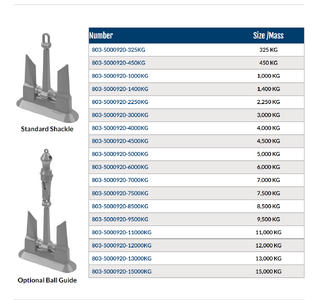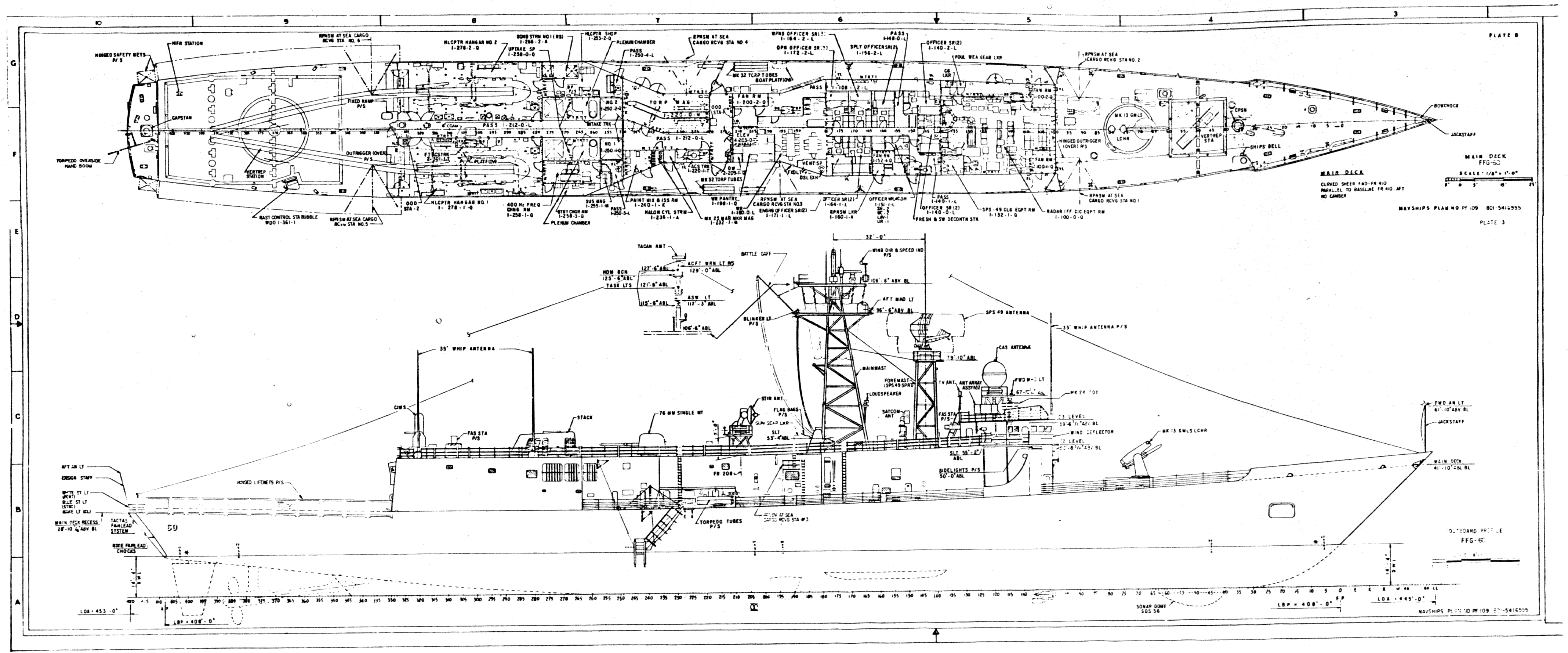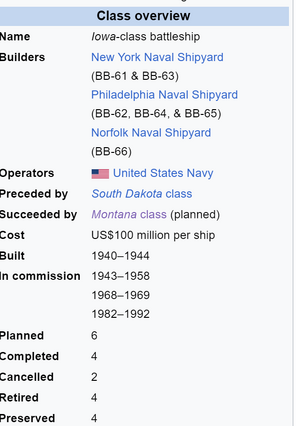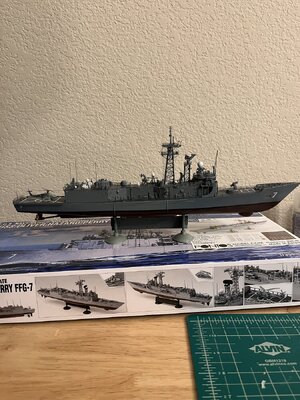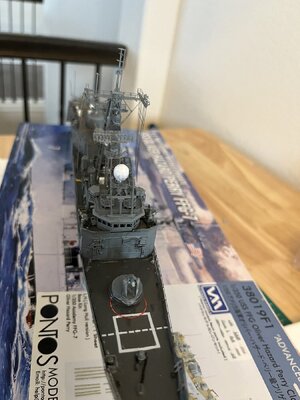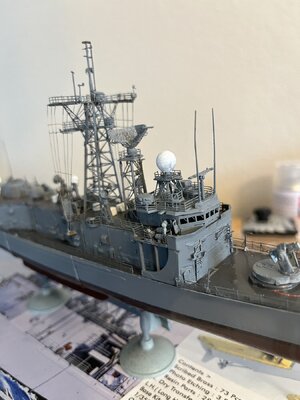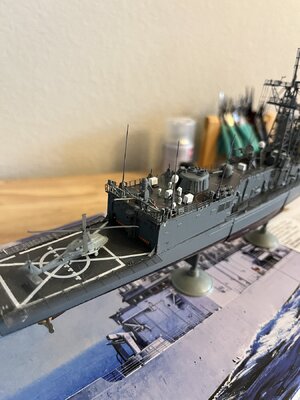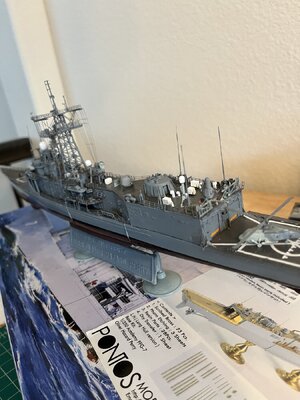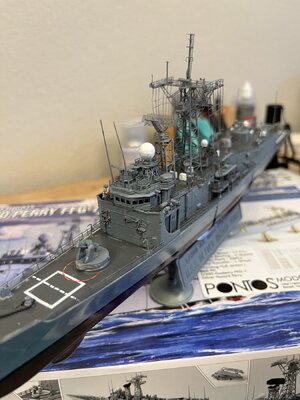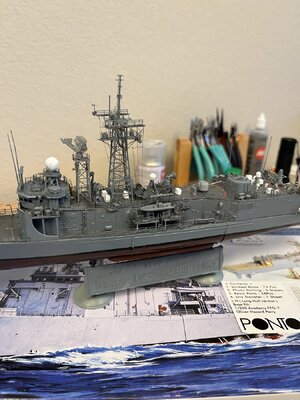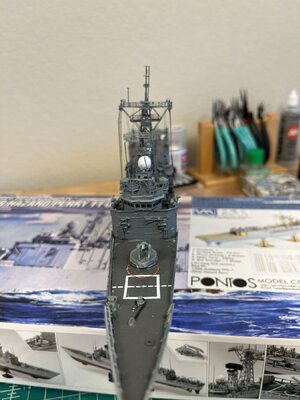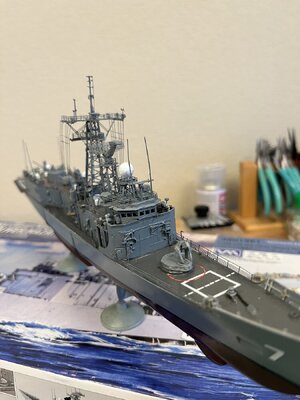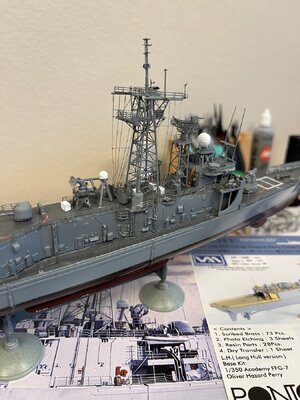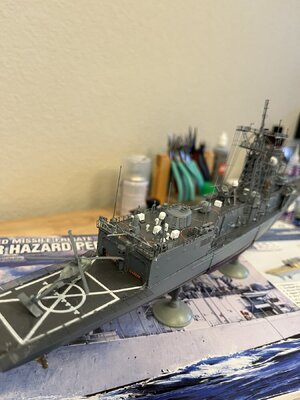In the Soviet Union, the term "project number", which usually consists of numbers, is used to distinguish ships. If the project is related to the Navy, then for covert use (so as not to disclose the project number) there was a practice of replacing the project number with the term "project code". That is, in the documentation, instead of project numbers, a code word was used that was identical to it. This practice led to the fact that during the construction of the newest ships in the USSR, NATO countries did not know how to identify them. The situation was further complicated by the fact that until 1972 their names were hidden on Soviet ships. Therefore, they began to give their own names for NATO classification. In contrast to other countries, in the USSR, series of ships were designated by the project number, and not by the name of the first ship in the series, or by its ship number. By the way, the ship numbers of Soviet ships were not permanent, but changed from time to time.
An example of the designation of one type of ship:
- project number - 205П
- project code - Тарантул
- class NATO - Stenka-class
 , below is all the info you are looking for
, below is all the info you are looking for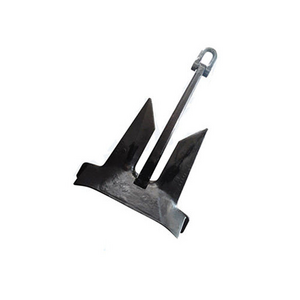
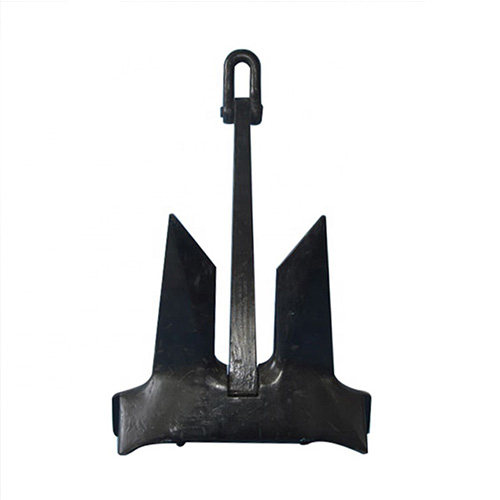






 You entered the anchor name incorrectly.
You entered the anchor name incorrectly. 